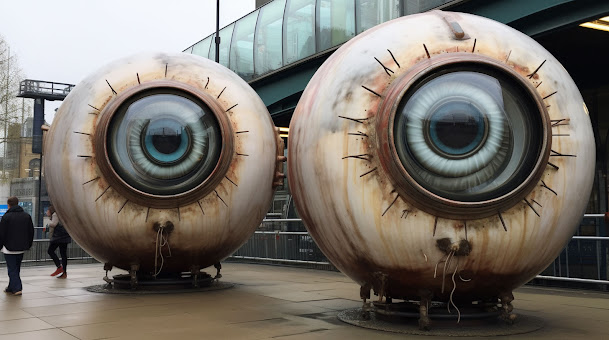The Best Technology For Laser Eye Surgery
The choice of the best technology for laser eye surgery often depends on the specific needs and characteristics of the individual undergoing the procedure. Several advanced technologies are commonly used, and the best one may vary based on factors like the patient's prescription, corneal thickness, and overall eye health. Some notable technologies include:
Femtosecond Laser Technology
Femtosecond laser technology represents a significant advancement in the field of ophthalmic surgery, particularly in laser eye surgery. Utilising ultra-fast laser pulses measured in femtoseconds (one quadrillionth of a second), this technology allows for unprecedented precision and control in creating corneal incisions and reshaping the eye's surface. In procedures like LASIK, the femtosecond laser is used to create a thin, precise corneal flap, replacing the traditional mechanical blade and significantly reducing the risk of complications. The exceptional accuracy of femtosecond lasers also enables surgeons to perform intricate tasks, such as creating corneal pockets for intrastromal ring segments or facilitating corneal transplants, with minimal tissue disruption. This results in quicker recovery times, enhanced safety, and improved visual outcomes for patients.Wavefront-guided LASIK (Custom LASIK)
Wavefront-guided LASIK, also known as Custom LASIK, represents a sophisticated advancement in laser eye surgery, offering highly personalised vision correction. This technique employs wavefront technology to create a detailed map of the eye's unique optical imperfections, beyond just the basic refractive errors like nearsightedness, farsightedness, and astigmatism. By capturing these subtle irregularities, wavefront-guided LASIK allows for a more tailored approach to reshaping the cornea, aiming to achieve superior visual clarity and quality. This customised treatment can enhance contrast sensitivity and reduce visual disturbances such as glare and halos, particularly in low-light conditions. As a result, patients often experience sharper, more precise vision and a higher satisfaction rate compared to traditional LASIK procedures.Excimer Laser Systems
Excimer laser systems are the cornerstone of modern refractive eye surgeries, such as LASIK and PRK, due to their unparalleled precision and effectiveness in reshaping the cornea. These systems use ultraviolet light to remove microscopic amounts of corneal tissue, allowing for the correction of refractive errors like myopia, hyperopia, and astigmatism. The excimer laser's ability to ablate corneal tissue with extreme accuracy, without generating significant heat, minimises damage to surrounding tissues and reduces the risk of complications. This precision is crucial for achieving the desired changes in the cornea's curvature, ultimately improving the eye's ability to focus light correctly on the retina. Over the years, advancements in excimer laser technology have led to more refined and controlled ablation patterns, enhancing visual outcomes and increasing the safety and reliability of laser eye surgeries.SMILE (Small Incision Lenticule Extraction)
Topography-guided LASIK
Topography-guided LASIK is an advanced form of laser eye surgery that offers highly customised vision correction by utilising detailed corneal topography. This technique involves mapping the unique surface of the cornea with high precision, capturing its subtle irregularities and elevations. The topography data is then used to guide the excimer laser in reshaping the cornea, ensuring that even the most minute imperfections are addressed. This personalised approach can enhance visual outcomes, particularly in patients with irregular corneal shapes or those who have previously undergone eye surgeries. By targeting specific areas of the cornea, topography-guided LASIK can improve overall visual quality, reduce higher-order aberrations, and provide better night vision, resulting in clearer, sharper vision and higher patient satisfaction compared to standard LASIK procedures.Choosing the best technology is a decision made by the surgeon based on the patient's individual characteristics and the surgeon's experience with the available technologies. It's essential for individuals considering laser eye surgery to have a thorough consultation with an experienced surgeon who can recommend the most suitable technology for their specific case.




Comments
Post a Comment